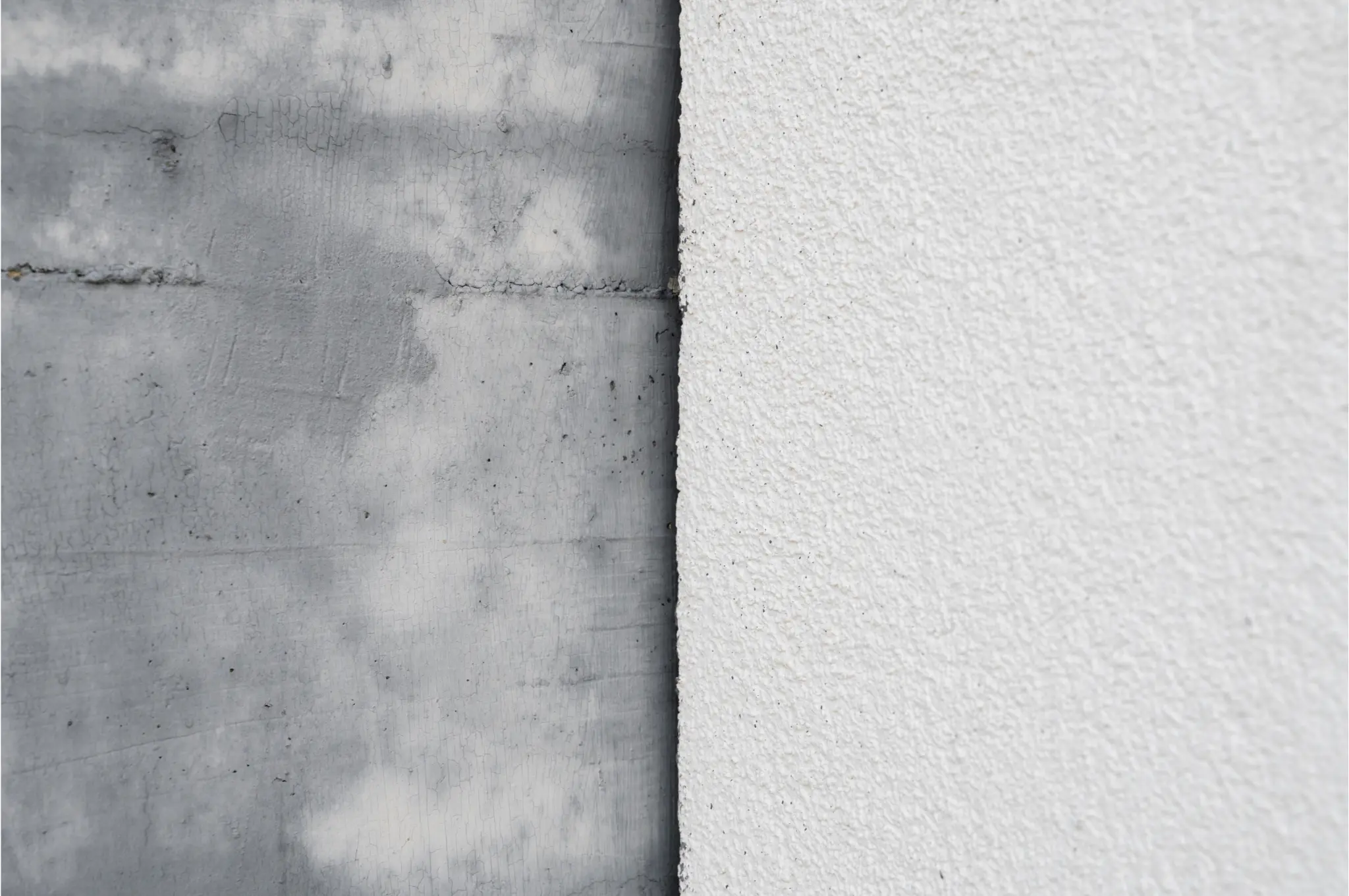White Cement vs. Gray Cement Strength
White and gray cement are popular options, each with unique properties and uses. While both types of cement are widely used in construction, there are distinct differences between them in terms of their strength, ingredients, and production processes. Let’s explore the strength comparison of white cement versus gray cement, shedding light on their unique characteristics and how they affect the overall performance of a construction project.
Ingredients of White Cement and Gray Cement
The primary difference between white and gray cement is their raw materials. White cement is produced using high-quality raw materials, with a low iron content, which gives it its bright, white color. The ingredients typically include limestone, clay, and gypsum, with carefully selected impurities to ensure its purity. On the other hand, gray cement is made from a mixture of limestone, clay, iron ore, and other raw materials, contributing to its darker color.
Production Process
The production of white cement differs significantly from that of gray cement. White cement requires more controlled and refined production methods to achieve its unique color and higher quality. The raw materials for white cement are carefully selected, and the production process involves higher-temperature kiln firing to reduce iron content. This helps in achieving a uniform, smooth texture and ensures that the cement is free of impurities that could affect its appearance and performance.
In contrast, gray cement is produced using a more conventional method, with raw materials that are not as strictly controlled for color and purity. The manufacturing process for gray cement is more cost-effective, as it requires less stringent control over the raw material composition and kiln firing temperature.
Strength Comparison
When it comes to strength, both white cement and gray cement have comparable performance characteristics. Both types of cement are designed to provide robust and durable foundations for buildings, roads, and other infrastructure. However, due to the higher quality control and purer raw materials used in the production of white cement, it tends to offer slightly higher compressive strength in some applications.
White cement is often preferred for decorative uses where strength and aesthetic appeal are equally important. Its smooth texture and bright appearance make it ideal for finishes such as flooring, cladding, and architectural elements. Gray cement, being more commonly used for structural applications, provides reliable strength for everyday construction tasks like foundations, concrete blocks, and pavement.
Which Cement to Choose?
The choice between white cement and gray cement depends largely on the specific requirements of a project. If the primary concern is strength, both types of cement can be used, as they both meet the required standards for most construction needs.
Contact Otto Cement for Gray Cement and More From a Cement Supplier
If you are looking for high-quality gray cement for your next construction project, Otto Cement is here to help. We supply high-quality gray cement that meets industry standards for strength and durability. Reach out to us for more information about our products.

